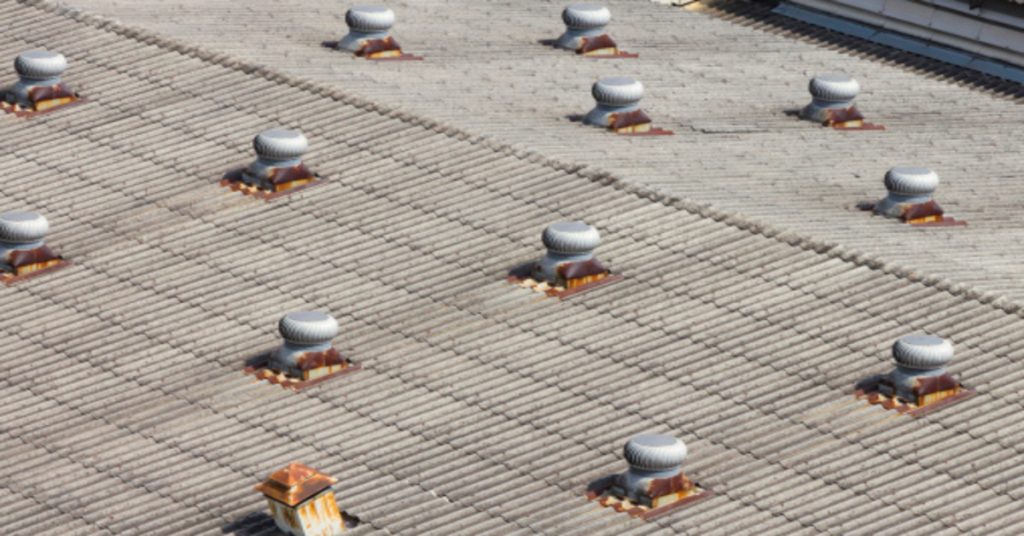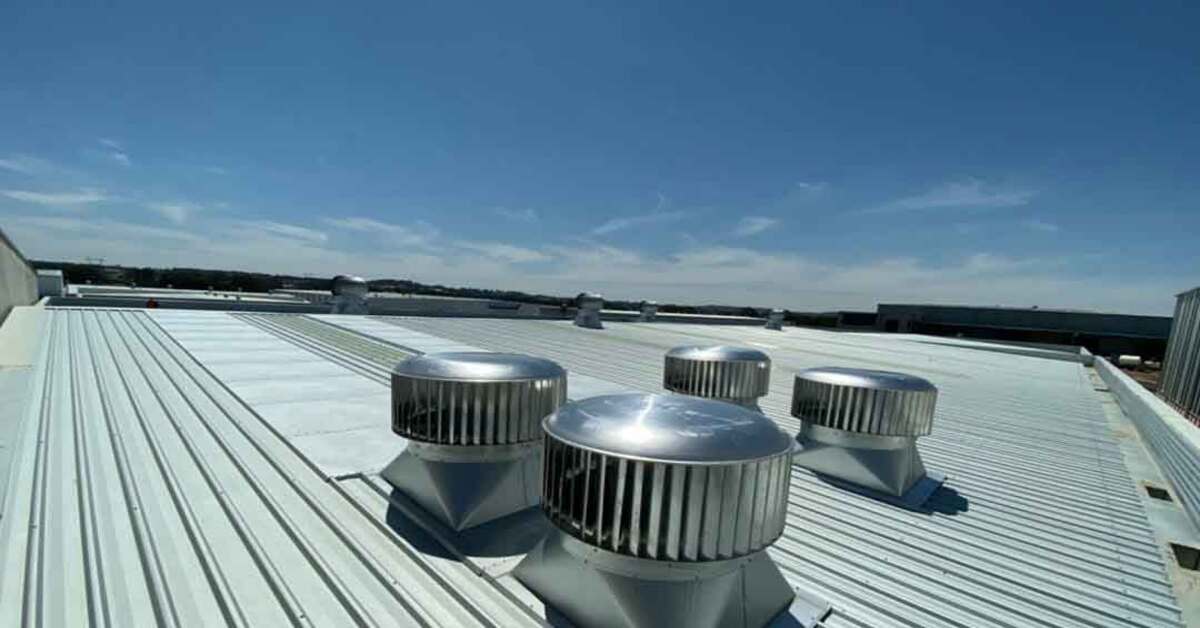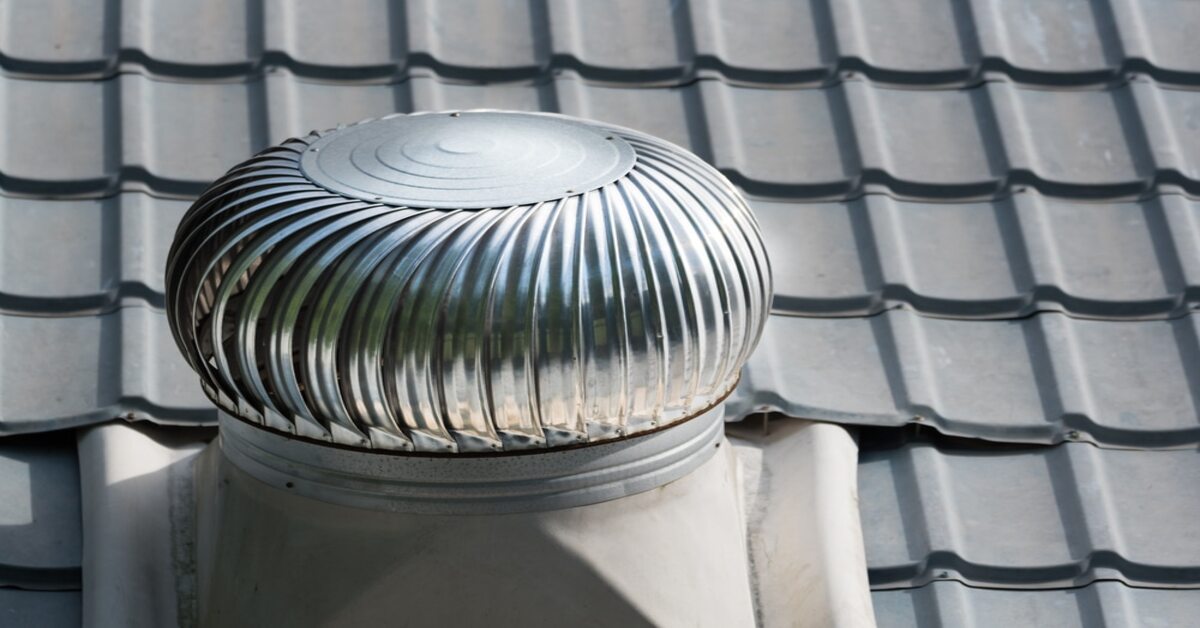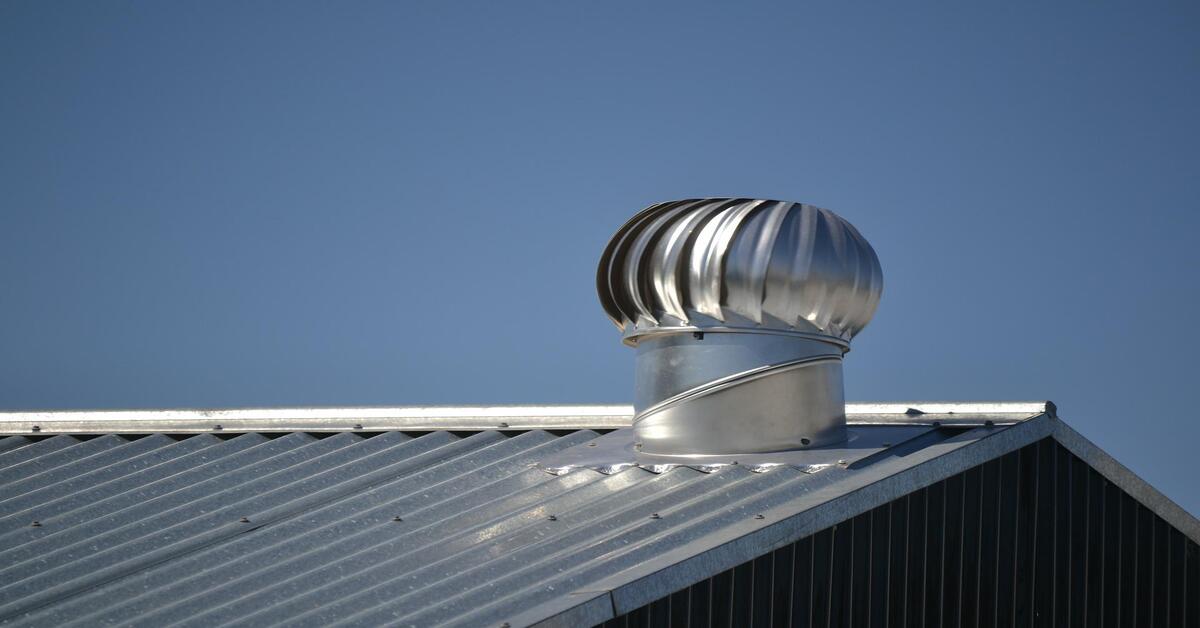

Easily recognised by their dome shape, whirlybirds are exceedingly popular in Australia despite being just one of many ventilation systems on the market. Their popularity, in part, is because they use no electricity to ventilate hotter homes in an environmentally friendly manner. However, some question how well they work in cooling properties down.
Whether you’re a seasoned professional or a first-time roofer, the decision between whirlybirds or another roof ventilator can be challenging.
So, what exactly is a whirlybird and should you invest in this kind of roof ventilation for your home? Follow our guide to discover everything there is to know about whirlybird ventilators and why they may or may not be the right choice for your roof space.
What is a Whirlybird?
Whirlybirds, or turbine vents to give them their proper name, are wind-powered ventilation systems used to cool down properties in warmer climates. Whirlybirds minimise excessive temperatures in summer and remove excess humidity and dampness in the winter.
Whirlybird installation is cost-effective to make your home more energy-efficient and ventilated. When properly maintained, whirlies can function for over 20 years, promoting air movement and keeping your living spaces cool and comfortable.
How Do Whirlybirds Work?
The cylindrical dome sits firmly in the roof space of a property where its specifically engineered fins rotate in the wind, spinning to create a vacuum that extracts hot air from the walls. On warm days, the sun’s heat penetrates properties through the roof cavity and ceiling, making the inside uncomfortable and unpleasant. Whirlies’ design aims to minimise excessive temperatures by extracting rising heat and moisture-laden air, offering an effective electricity-free roof ventilation system.

Whirlybirds expel excess moisture trapped within a roof cavity, meaning the risk of problems like mould and dry rot common in warmer, more humid climates diminishes. Whirlies also increase the air quality in a property by preventing a build-up of condensation, fumes and stale air.
Whirlybird Benefits
Here, we’ve broken down the main benefits of whirlybird roof ventilation systems.
1. Remove Excess Heat
Whirlybirds draw warm air up and out of your home through the roof. Experts estimate that up to 35% of a property’s heat comes from the roof, so homes can become much cooler with whirlybird ventilators.
2. Minimise Mould, Maximise Air Quality
Another great whirlybird feature is that it removes excess moisture, meaning less chance of dampness, mould and the hassle and potential health risks they can cause.
3. Summer AND Winter Effective
Whirlybird ventilators are effective year-round. They cool your home in summer and rid it of dampness in the colder months.
4. They’re Quiet
A massive benefit of whirlybirds compared to air conditioning systems is that they are near enough silent. You should only hear noise from whirlies when they break or are damaged, which is another benefit!
5. They’re Weatherproof

Whirlybirds may look like they’d let rain into your home, but they don’t when appropriately installed. The installation process includes several sealing steps, meaning no fuss or leaks on rainy days. While it is possible to install whirlybird vents yourself, we recommend hiring a professional to ensure a secure, water-tight seal if you’ve never done it before.
6. Low Costs
Whirlybird ventilators are a great low-cost option compared to ventilation options like solar vents; besides maintenance and repair, whirlies cost nothing to run. Installation costs will differ depending on how many whirlies your property needs, ease of access to your roof space, and whether you will buy your whirlybird vents or have them both supplied and fitted by a professional. For reference, the supply and installation of one whirlybird costs around $450.
Whirlybird Disadvantages
While there are many advantages to choosing whirlybird ventilators for your home, there are some potential downsides. Let’s take a look at some things you may need to consider.
1. No Wind, No Whirl
The effectiveness of a whirlybird depends upon the environment. Whirlies aren’t necessarily the best option for properties in areas that don’t get a lot of wind or where wind speed isn’t great.
2. No Cold Air
It’s important to note that whirlybirds are not air conditioning units – i.e. they don’t produce cold air. Yes, your home will be cooler with whirlybirds than without, but you won’t get the same refreshing breeze air-con provides.
3. You Need More Than One
Whirlybirds don’t work alone! One roof whirlybird isn’t enough for modern Australian homes, with the average three-bedroom property needing at least three whirlies for adequate ventilation. Considering one whirlybird for every 50 square metres of roof space as a general rule of thumb, you could be looking at one rather crowded roof.
4. They Don’t Work Alone
Even four whirlybirds aren’t very effective on their own – your property needs vents in either the eaves or ceiling for optimal cool airflow into your home. Whirlybirds also prove less effective if there is no sarking underneath your roof tiles to support thermal performance – without sarking, the cool air drawn in through the whirlies will flow through gaps in the tiles and not spread further through the property.
5. Inefficient Design

Though cheap to buy, whirlybirds, compared to other ventilation options, are inefficient in the way they move air through a roof space. Although they are usually rain-resistant, extreme weather can affect the performance of whirlybirds, causing them to rust or even break.
6. High Maintenance
Whirlybirds’ open design makes it easy for debris to get caught, build up and potentially cause whirlies to malfunction. Regular cleaning can prevent this, but ask yourself – can you be bothered with the climbing and maintaining six or more roof whirlybirds?
Whirlybirds Wrapped Up
While there are several pros and cons to having whirlybird ventilators installed on your roof space, deciding to go with them over other options largely depends on external factors.
Compared to other available ventilation systems, whirlybirds are great for the environment because they are cheap and use no electricity. Some may argue that whirlybirds are pointless unless they are part of a more extensive system, including other types of vents, like our own RapidRidge – but only if you live somewhere windy!
Everything considered, our advice is simple: if you live in a wind-free area, you don’t have the patience for rooftop maintenance, and you have no eave vents, ceiling vents or sarking, explore other roof ventilation options. However, if your property is in a high wind location, you can live with the appearance of multiple whirlybirds on your roof, and you don’t mind regular climbs to clean them; roof whirlybird ventilators are for you. While we recommend professional installation, check our roof flashing range to ensure your whirlybirds’ seal if you’re the DIY type.
